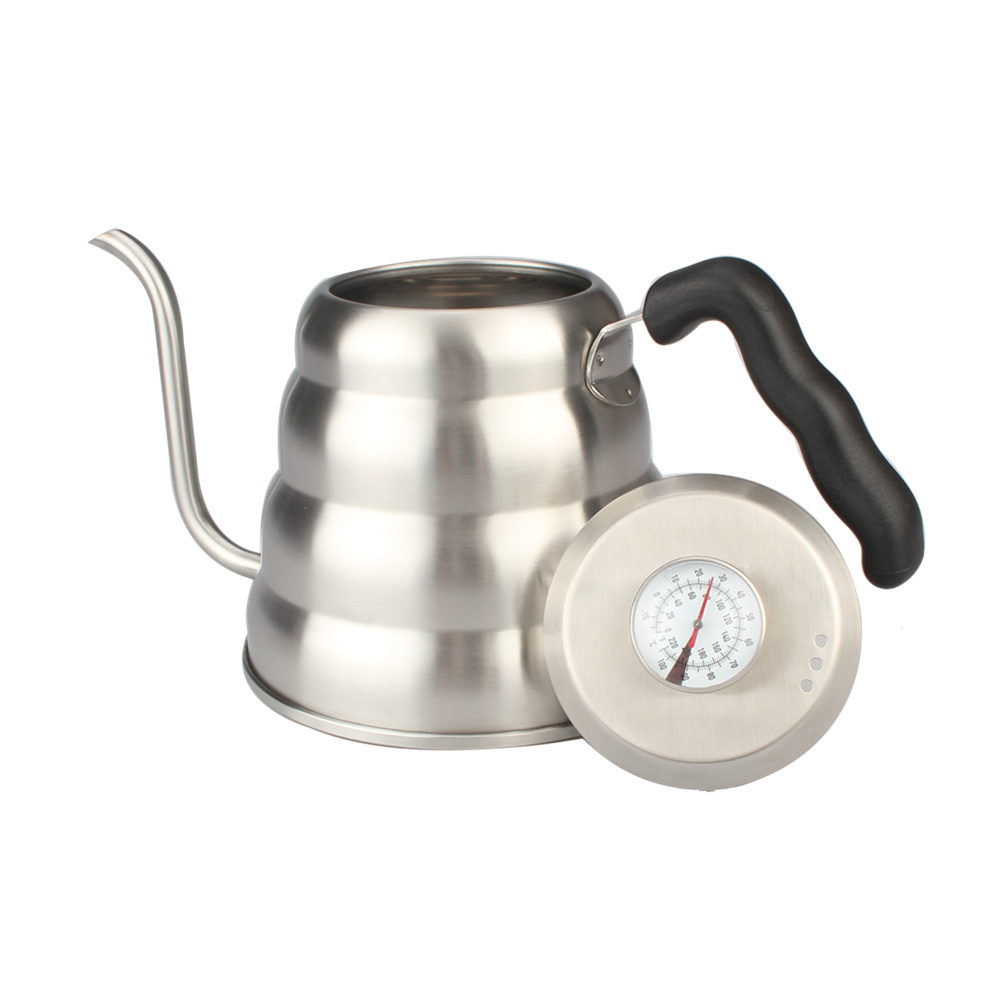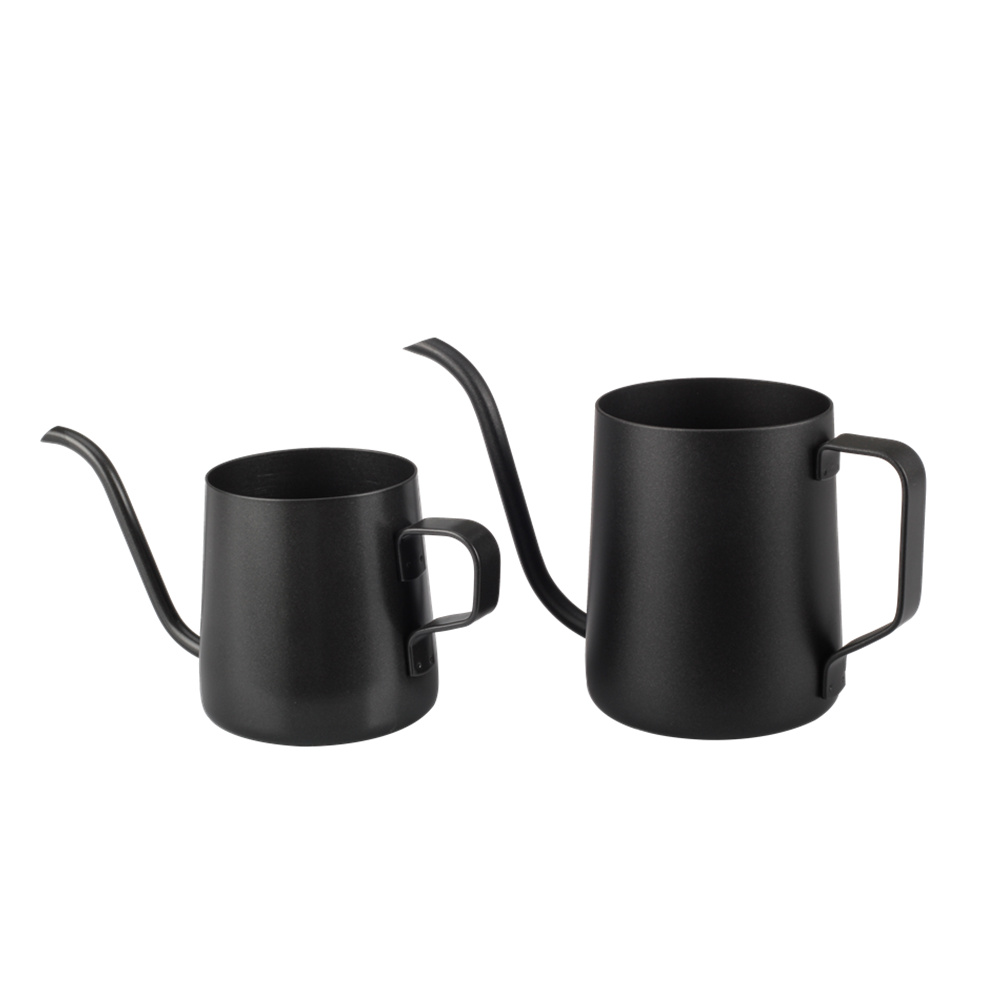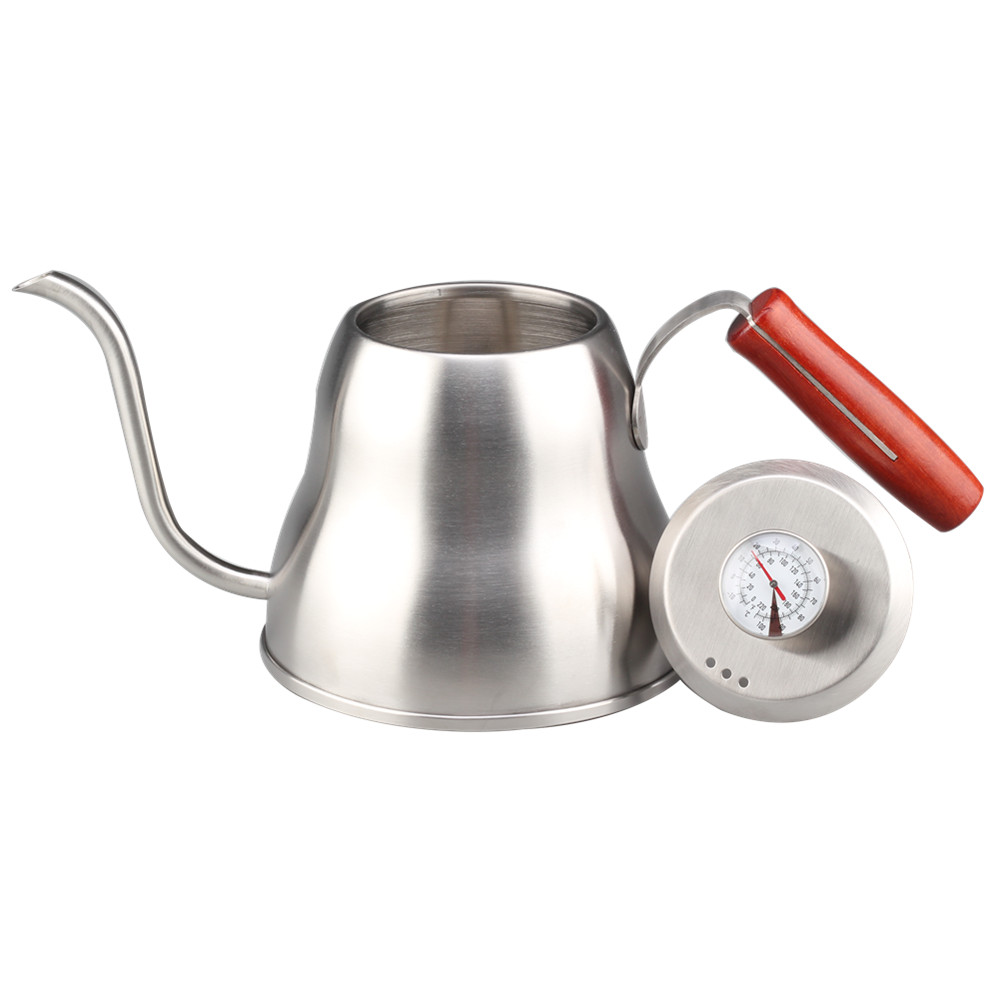Abstract : The dyes treated by membrane separation technology are colorants, diethylene glycol is used as solvent, and suitable surfactants, lubricants, pH regulators, preservatives and other additives are used to prepare aqueous inks. And writing performance close to or reach the imported ink. 2.4 Ink writing performance Item Preparation Ink Import Ink Import Ink Water resistance Water resistance Visible to the lines of the writing Lines for writing can be visually observed Lines of writing can be visually observed Writing lines Resistance to alcoholicity Lines can be visually measured Lines written can be visually measured Lines written can be visually checked Hydrochloric acid resistant Sexuality can be visually measured Lines can be visually measured Lines written can be visually measured Lines that are resistant to ammonia Waterlines Visibly visible Lines of writing Vaguely visible Lines of writing Unseen Lines of writing Anti-feathering Slightly feathered Slightly feathered 3 Conclusion
The prefect coffeeware for you to enjoy the handmade coffee-pour over coffee kettle. Select different capacity ,different function items or different color .We can provide the excellent OEM product for you to help you win the market .
For the pour over coffee kettle, some items can add the build-in thermometer ,change the material of the handle, require the color painting finishing ,we will try the best to provide the customized product. Or recommend the suitable one to you.
Any question or want to know more about it, please don`t hesitate to contact me .
Description of Pour Over Coffee Kettle
Size : 0.25L/0.35L/0.65L/1L/1.2L
Material: Body: SS304
Lid and Handle: SS304/wood/PP
Color :customized
Finishing: Satin polishing ,Mirror Polishing ,Color painting, Teflon painting
Logo: Laser logo, Etching logo, Silk printing logo, Embossed logo, Decal logo
MOQ : 2000 PCS
Packaging : White box, Mail box or Customized package
Sample Time : 7~10 days
Lead Time :60 days after have the deposit
Payment: T/T ,L/C or others
Payment term: 30% deposit before production and 70 % balance against the copy B/L
FAQ:
1:How can I get the sample?
We can provide the sample for customers to check the quality.
Please kindly provide the delivery info for calculate the sample cost. If you have DHL /TNT/UPS/FEDEX account, please also kindly provide it to us.
You can do the payment of sample via T/T and PayPal.
2:How about the sample time?
Usually the sample time is 7~10 days after have the sample cost.
3:How long will it take for mass production?
Usually 45~60 days after have the deposit.
4:Can we have our logo or company name to be printed on your products or the package?
Welcome OEM.
5:what certificate can you provide?
CE,CB,GS,FDA,LFGB,ROHS are available here.
6:How can we get your monthly new products announcement?
Please join our mailing lists.
Keywords: water-based ink colorant solvent writing performance
The writing tool that uses the ball to roll out the writing medium (ink or ink) is collectively referred to as a ballpoint pen whose writing medium is oily and is called a ballpoint pen. The writing medium is a water-based ballpoint pen (water-based ink pen) also known as a roller pen. Orb pen; the writing medium whose viscosity is between water and oil is called gel pen. Water-based ballpoint pens used in the medium called water-based ink, is a viscosity of 2-8cp ink. The water-based ink pen is a capillary action of a feeder made of bundled microfibers. The ink is transported to the surface of the ball. The ball is used to roll out the ink adhering to the surface of the ball to form a handwriting, which is fluent in writing and the like. , Has been widely used in foreign countries, there is also a certain market in the country.
China is a big producer of pens. It produces and exports a large quantity of finished ballpoint pens each year. However, domestic inks, including neutral inks and water-based inks, mainly depend on imports. At present, there are few studies on water-based inks in China, and no mature market-based water-based inks have yet been seen. The research results of foreign-related water-based inks are mainly patents. Therefore, it is of great significance to strengthen the research on water-based inks and realize the localization of water-based inks.
This article chooses the suitable auxiliaries and preparation process, solves the various problems existing in the preparation of water-based inks, and prepares good water-based inks with good performance indicators, which has a good prospect of application and promotion.
1, the experimental part
1.1 Reagents
Ethylene Glycol, Analytically Pure, Yixing Second Chemical Reagent Factory; Diethylene Glycol, Analytical Pure, Shantou Xijing Chemical Factory: Glycerol, Analytical Pure, Shanghai Reagent General Factory; Triethanolamine, Analytical Pure, Shanghai Reagent Total Factory;Ethanol,Analytical Pure,Anhui Special Wine Factory;Hydrochloric Acid,Analytical Pure,Zhejiang Quzhou Juhua Reagent Co.,Ltd.;Aqua ammonia,Analysis Pure,Wenzhou Auxiliary Factory;Benzatriazole,Analytical Pure,Shanghai Shuiyun Fine Chemicals graduate School.
1.2 Instruments
The United States Brookfield DV-IIIULTRA viscometer; United States ThermoJarrenAshIRISAdvantage type ICP spectrometer; Zibo Kesen ZL-2 type automatic tension meter; German SartoriusPB-20 type pH meter; Tianjin ballpoint pen factory DH48J type rounding instrument.
1.3 Preparation
Under stirring, the deionized water and the solvent are homogeneous, and then the colorant is added. After the mixture is dissolved and mixed, the additives such as the surfactant, the lubricant, the pH regulator, and the preservative are added to the mixture, and the mixture is allowed to stand still for a while. Filtration to prepare aqueous ink. Colorant dosage 5-15% of total ink, 0.1-0.4% of surfactant, 0.1-0.5% of lubricant, 0.5-5% of pH regulator, preservative 0 .1-5%.
1.4 Test
1.4.1 Viscosity
Ultra-low-viscosity ULA rotor, speed 40RPM, the viscosity of the ink was measured at 25~C using a Brookfield Viscometer.
1.4.2 Determination of metal ions The United States Thermo JarrellAshICP spectrometer determination.
1.4.3 writing performance
The ink writing performance test and results refer to the water-based ballpoint pen China Light Industry Standard [11 and Japanese Industrial Standards [2].
Writing performance: test pen axis and the paper surface into a 70' angle of inclination, load 49g, with a line speed of 4.5m/rain in the ballpoint pen dedicated circlemeter and the specified test paper for spiral continuous line.
Ink yield: The test pen axis and the paper surface into a 70' angle of inclination, load 98g, with a line speed of 4.5m/min in the ballpoint pen dedicated circlemeter and the specified test paper for spiral continuous scribe 100m. The ink volume is calculated according to the formula:
G1-G2
W=——————
L
Where W is the ink volume, C1 and C2 are the mass (g) of the ball-point pen test, and L is the scribe length (m).
Permeability: Visual observation of the paper-penetration phenomenon of the lined strips on the writing test paper just after the "writing performance" test.
Cap removal: Remove the pen holder of the test pen, place it horizontally for 24 hours, draw a straight line by hand, and check whether the line written in the initial 10cm is slippery.
Water resistance: Cut a piece of writing test paper that has just been subjected to a "writing performance" test, and soak it in deionized water for 24 hours. Take it out to dry naturally and visually measure the lines written.
Hydrochloric acid resistance: Cut a piece of writing paper that has just been subjected to a "writing performance" test. After immersing it in a 10% (volume ratio) hydrochloric acid aqueous solution for 24 hours, immersing it in deionized water for 10 minutes, taking it out to dry naturally, and visually writing the lines.
Ethanol resistance: Cut a piece of writing test paper that has just been subjected to a "writing performance" test, immersed for 10 minutes in a 50% (volume ratio) aqueous solution of ethanol, taken out and allowed to air dry, and the line drawn was visually measured.
Ammonia-resistant water: A piece of writing test paper that has just been subjected to a "writing performance" test was cut and immersed in a 10% (mass percentage) aqueous ammonia solution for 24 hours, then immersed in deionized water for 10 minutes, taken out and allowed to air dry, and the written lines were visually measured.
$Page break $
2 Results and Discussion
2.1 Colorants
The colorants commonly used in the preparation of inks include dyes and pigments. The use of dyes as colorants has the advantages of convenient preparation, low cost, good ink stability, bright colors, and less blocking, but the water fastness and light fastness of inks are relatively high. Poor; The use of pigments as a colorant, ink, light resistance, water resistance, heat resistance and oxidation resistance is excellent, but the pigment is easy to aggregate, poor stability of the ink [31. Water-based inks commonly used dyes as colorants, direct dyes and acid dyes. At present, there are no special dyes for ink at home and abroad. Commercially available dyes cannot be directly used for ink preparation because of high metal ion content, and further processing is required. Membrane separation technology is used here to further process dyes. Table 1 shows the contents of the main metal ions in the special dyes for dyes and foreign ballpoint pens after treatment with membrane separation technology. It can be seen from the table that after the membrane separation technology is further processed, the content of the main metal ion of the dye is already very low, which can meet the requirements of the aqueous ink, and the preparation ink has good stability and fluent writing.
Table 1 The main metal ion content of the dye (ppm)
Tablel Content of main metal ions of dye
Element Ca Cd Cu Fe K Mg Mn Na Pb Sr Zn
Preparation of dyes 158.7 0 90.5 533.7 155.3 36.2 2.21 55770 0 6.33 2.38
Imported ink dye 391.1 0 2.54 216.5 473.1 641 3.97 88170 5.95 17.5 0.53
2.2 Solvents
In addition to water, a certain amount of water-soluble organic solvent is often added as a solvent in the ink, which mainly functions as a wetting agent to prevent the ink from drying due to evaporation of water during long-term storage, thereby affecting the writing performance of the ink and giving the ink a good resistance to drying. And hat off. In addition, water-soluble organic solvents can also play a role in preventing the ink from freezing and lubricating at low temperatures. Commonly used water-soluble organic solvents are ethylene glycol, glycerol, diethylene glycol, etc., the amount of ink is often 20-40% [1]. Table 2 shows the relationship between the amount of solvent and the ink performance. It can be seen from the table that the increase of the solvent amount increases the viscosity of the ink, and when the amount of the solvent exceeds 35%, the writing performance of the ink deteriorates, the scribing is easily broken, and the written ink is difficult to dry, and the feathers, stains, and other articles are easily damaged. At the same time, it will increase the cost of ink, so the solvent content should not be too large. However, the solvent content should not be too small. Otherwise, the ink is volatile and should not be stored for a long time. It also affects the fluency of writing. Therefore, the solvent content is preferably 20-35%.
Table 2 Relationship between solvent dosage and ink performance
Table2 Solvent Concentration vs. Ink Properties
Solvent content (%) 15 25 35 45
Viscosity (cp) 2.85 4.02 6.27 9.80
Poor cap removal Good ink Drying faster Slower Slower Permeability No through paper No through paper Slightly through paper Slightly soaked paper Anti-feathering properties Slightly feathered Slightly feathered Table 3 Relationship between solvent and ink properties Table3 Solvent vs . InkProperties
Solvent ethylene glycol diethylene glycol glycerol propylene glycol composite solvent (13:12)
Viscosity (cp) 3.13 4.02 9.91 6.94
Ink Drying Fast Fast Slowly Penetrate Slightly Penetrate Paper No Penetrate Paper No Penetrate Paper No Penetrate Paper Leakage Leakage Leakage Leakage Writing Performance Smooth Fluency Smooth fluent Broken Line Slightly Broken
Table 3 shows the relationship between different solvents and ink performance when the solvent amount is 25%. It can be seen from the table that when using ethylene glycol as a solvent, the viscosity of the ink is low, causing problems such as leakage and infiltration; when using glycerin as a solvent, the viscosity of the ink is large and the drying is slow, and the ink is difficult to draw off. Problems such as drying up stained paper; when using ethylene glycol and glycerin compound solvent, the writing performance of the ink is poor, and the line is broken; and when using diethylene glycol as a solvent, the overall performance of the ink is good, so diethylene glycol is used as the solvent here. .
2.3 The main physical properties of ink
The main physical properties of inks are viscosity, surface tension, pH, and specific gravity. Viscosity can seriously affect the writing performance of inks. Low viscosity inks are fluent in writing, but they can cause problems such as penetration, smearing, and leakage. High viscosity can prevent penetration and smearing of ink spots from the pen tip, but it is prone to scribing and breaking. Problems such as plugging, ink viscosity is usually 2-8cp. Surface tension mainly affects the permeability of ink in paper and other media, and it also affects the moisture retention and stability of the ink. The surface tension is small, the ink easily penetrates into paper or other media, the ink traces dry quickly; the surface tension is large, the permeability of the ink to the media is small, and the ink is written on the paper slowly. The surface tension of aqueous ink is usually 25-40mN/m.
The pH value of the ink will affect the solubility and stability of the dye, and at the same time affect the corrosion of the ink on the tip of the ink. If the pH is too high or too low, the corrosion of the pen tip will be accelerated.
Table 4 The main physical properties of ink Table4 Physical properties index Of ink
Item Viscosity (cp) Surface Tension (mN/m) PH Specific Gravity (g/m1)
Preparation of Ink 4.02 32.7 9.32 1.05
US national treasure ink 4.4 38 7.6 1.10
Table 4 is the main physical properties of the prepared ink. It can be seen from the table that the main physical properties of the ink are within the required range.
Table 5 shows the writing performance of the ink and the imported ink. It can be seen from the table that the main writing performance of the prepared ink is close to or up to the imported ink, meeting the requirements of the Chinese standard for water-based ballpoint pens [1] and the Japanese industrial standard [2].
Table 5 Writing performance of ink Table5 Writing properties of ink
Item Preparation Ink Import Ink 1 Ink Ink 2
Writing performance ≥400m ≥400m ≥400m
Ink discharge (mg/m) 1.159 1.127 1.237
Drying time (s) <5 <5 <5
Good copying performance Permeability No through paper No through paper No through paper No capping No slipping No slipping No slipping
1) The dye can be used as a coloring agent for aqueous ink after being processed by a membrane separation technology, and the prepared ink has good stability and writing performance.
2) The ink prepared with diethylene glycol as solvent has good performance, and the amount thereof is preferably 20-35%.
3) The main physical properties of the ink are within the required range.
4) The main writing performance of ink preparation



Pour Over Coffee Kettle
Electric Kettle,Whistling Kettle,Pour Over Kettle,Gooseneck Tea Kettle
Jiangmen Wellway Houseware Co.,Ltd , http://www.wellwayhouseware.com